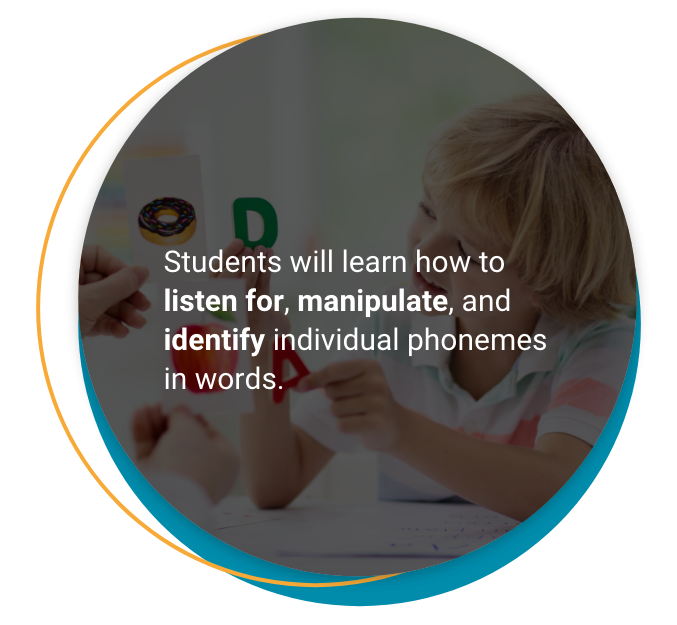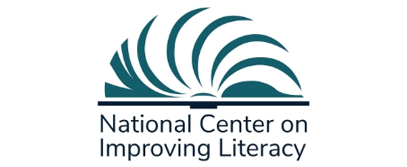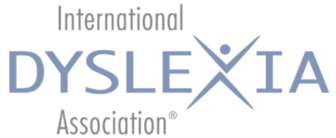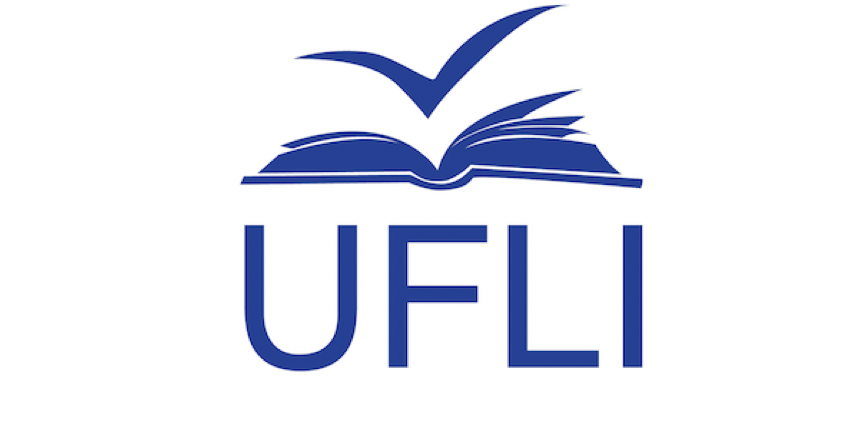Orton-Gillingham Training for General Education
While Orton-Gillingham has long been associated with dyslexia, it is an approach that is proven in general education classrooms as well.
Where Orton-Gillingham Fits
While there are no easy answers or quick solutions for optimizing reading achievement, an extensive knowledge base now exists to show the skills children must learn to read well. These skills provide the basis for sound curriculum decisions and instructional approaches that can help prevent the predictable consequences of early reading failure.
Literacy is essential for learning in all areas. With interrupted instruction during the pandemic and a swift pivot to distance learning, there was a more significant divide among students regarding engagement, connectivity, and access to proper equipment in the wake of online learning. Schools are urgently trying to regain lost ground in literacy, and there is a growing need for professional development that helps teachers be more effective in reading instruction.
The first step for many school districts is to leverage a free research-based literacy screener for all students, especially in grades K-6. This type of assessment is highly predictive of future reading success, and it helps identify which students may need additional instruction.
For beginning readers who are still working on foundational literacy skills, especially in grades K-2, school districts are turning to research-based Structured Literacy programs that utilize the Orton-Gillingham approach to teach reading by following the evidence and research behind the Science of Reading. These accredited training programs are based on theoretical models of reading and have been found to be beneficial for all students–in every classroom–not just students who struggle with reading. These theoretical models of reading include:
Balanced Literacy
Balanced Literacy instruction is focused on shared, guided, and independent reading. To teach introductory literacy skills, students concentrate on grapheme representations combined with context or imagery. While this approach emphasized the use of leveled readers for independent reading practice, struggling readers who could not decode the words slipped through the cracks. Children cannot encode and decode naturally.
- Unsystematic approach to phonemic awareness
- Lessons are short and do not follow a scope and sequence
- Rotate memorization of high-frequency words
- Read leveled text using three curing system
- Focus on the meaning of the text than the accuracy of what is read
- “Students get better at reading by reading”
Structured Literacy
Structured Literacy is an approach that provides a framework to include both the principles (how we should teach) and the elements (what we should teach) that are aligned to the Knowledge and Practice Standards. Teaching whole word memorization is limited, and learning phonics empowers students with an exponential effect.
- Explicit, systematic, sequential instruction in phonemic awareness and phonics
- High-frequency words are taught by their phonics patterns; irregular words are taught explicitly
- Read decodable text that includes already learned phonic patterns
- Misread words are corrected; the focus is on sounding them out
- “Students get better at reading by learning and practicing the code”

Why Orton-Gillingham for General Education
In the 1930s, Orton-Gillingham was developed for students with learning disabilities. Decades of reading research have shown that reading is not an innate ability. Unlike learning to speak, children must receive instruction and exposure to learn how to read. Since the 1990’s Orton-Gillingham has gained popularity in the general education setting because the approach provides the foundational skills that all young readers need.
While Orton-Gillingham has long been associated with dyslexia, teachers have been advocating for years the Orton-Gillingham method be utilized in every classroom. Orton-Gillingham is direct, explicit, systematic, and sequential instruction that incorporates multi-sensory elements. A multi-sensory approach means students are learning language by ear (listening), mouth (speaking), eyes (seeing), and hand (writing). The process involves listening to sounds and saying the sounds and names of letters while writing them.

Orton-Gillingham Works Well for General Education
With Orton-Gillingham, students learn skills that become progressively more complex, usually beginning with instruction in phonics and phonemic awareness. Once students exhibit phonemic awareness, Orton-Gillingham based programs address which letters or groups of letters represent different phonemes and how those letters blend together to make simple words.
Structured Literacy programs that employ Orton-Gillingham strategies work well with general classroom teachers, reading interventionists, and special educators. This enables an emerging reader’s entire literacy support team to “speak the same language.” By doing so, students can succeed no matter what their literacy proficiency level happens to be.
Once a teacher is trained in the Orton-Gillingham approach, they can introduce various aspects of the Orton-Gillingham approach into any curriculum or classroom with students of all ages. As teachers and students evolve and continue to learn, Orton-Gillingham strategies remain flexible and can be adapted over time to promote continuous learning and problem-solving in every classroom.
See Orton-Gillingham as a Part of Structured Literacy Training in Action
Structured Literacy can ensure that students are equally exposed to important foundational literacy skills in a sequential, systematic, and cumulative way.




